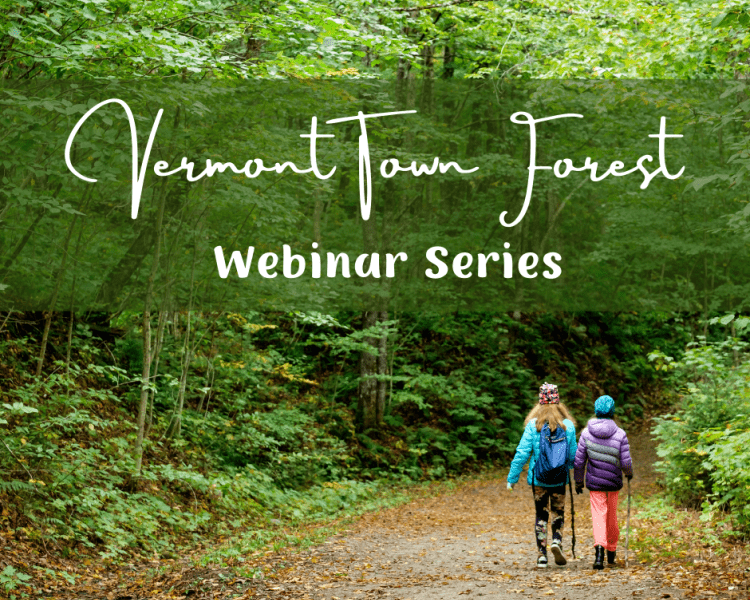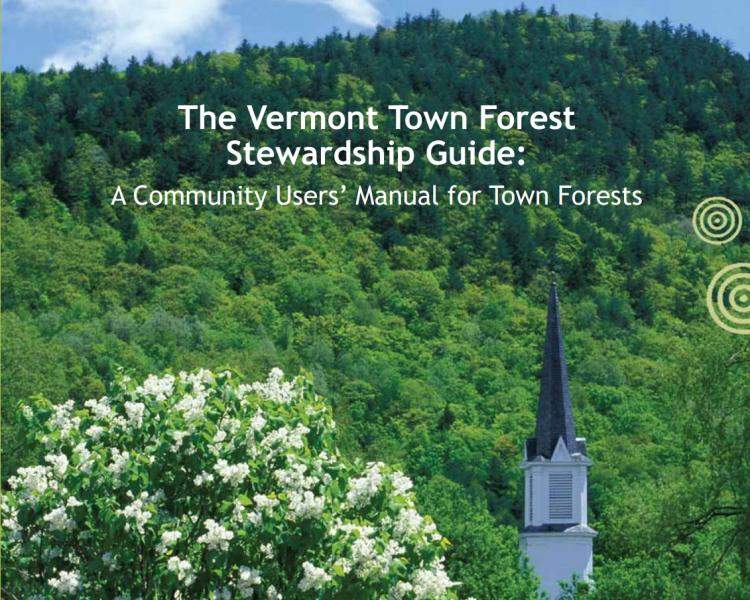Vermont has a long and proud tradition of towns owning and managing forests for public benefit. In 1915, the Vermont legislature passed the Municipal Forest Law, authorizing the purchase of land by towns for the purpose of growing timber and wood. But the history of Vermont’s community-owned forests is much older, dating from early periods of settlement when town charters required the designation of public lands for community support. Past uses of these woodlands included harvest for wood products, firewood, and commercial timber production, to provide for local institutions such as poor farms, reclamation of idle lands, and protection of water supplies.
Today, over 67,000 acres of forestland are owned by 168 municipalities, all open to the public to enjoy. Most commonly known as town forests, these municipally-managed parcesl can also be called community forests, natural areas, conservation areas, country parks, or reservoir parcels. The values of town forests are diverse, from watershed protection, wildlife habitat, and forest products to public recreation, outdoor classrooms, and neighborhood gathering places. Town forests in Vermont contribute to the regional landscape by keeping productive forestlands in timber management, protecting physical and biological diversity, and maintaining connectivity between larger patches of forest.
Find a Town Forest Near You
Review the 2009 Vermont Town Forest Inventory or stay up to date with the 2024 Town Forest Census underway at the University of Vermont.
Town Forest Case Studies
Andrews Community Forest (draft - final coming soon)
Hinesburg Town Forest StoryMap and Case Study (draft - final coming soon)
Hogback Mountain Conservation Area (draft - final coming soon)

Webinar Series
In this five-part series, the Town Forest webinars explore community engagement, models of town forest governance, management planning, and implementing stewardship activities.

The Vermont Town Forest Stewardship Guide
This manual summarizes the pivotal work of the Vermont Town Forest Project (2006 - 2010) that brought structure and resources to town forest enthusiasts statewide. A critical read for anyone interested in leading a town forest initiative.